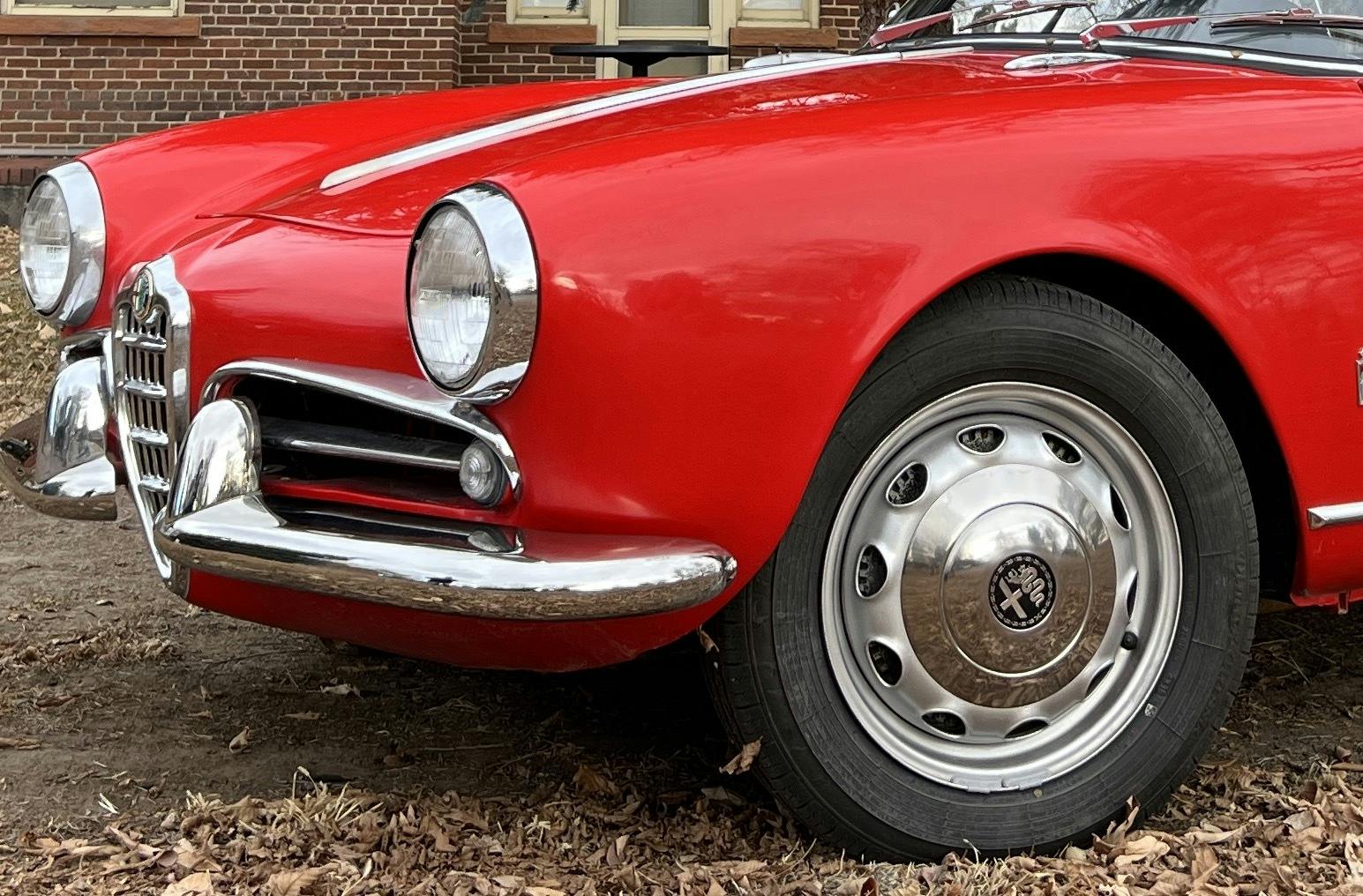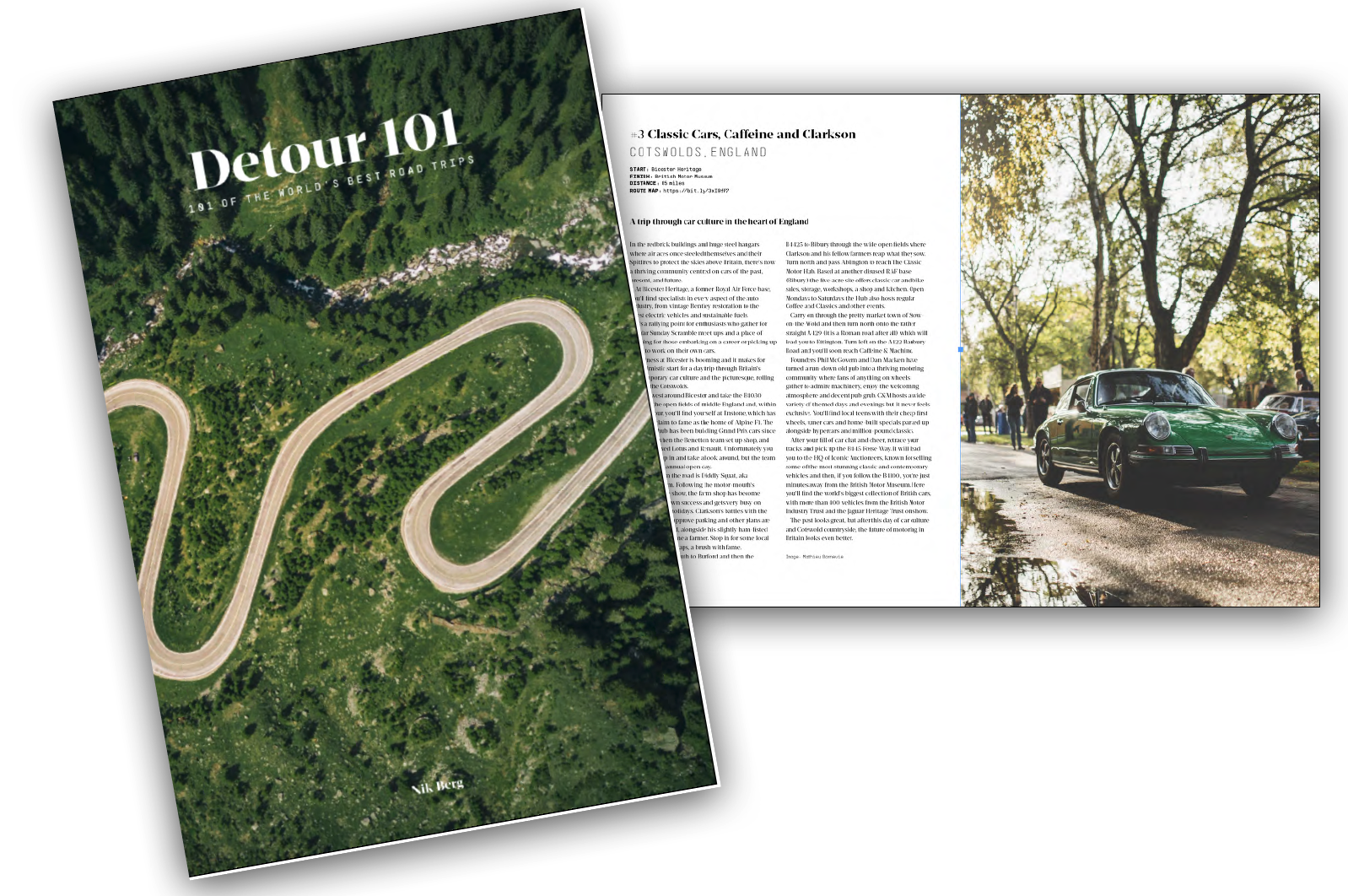Clichéd or not, your tyres really are one of the most important components on your car, as they’re the only part that (all being well) touches the road.
We’d be tempted to roll wheels into that equation too (no pun intended) since your car won’t get very far on hubs and rubber alone, but one thing that links these circular components is an occasionally baffling range of figures and symbols.

Well, it’s time to get un-baffled. Below we’ve broken down all the letters, numbers and symbols you’re most likely to see on the typical tyre and wheel combination, or when shopping for your next set – and explain what they all mean, so you can choose the right size tyres for your car.
TYRES
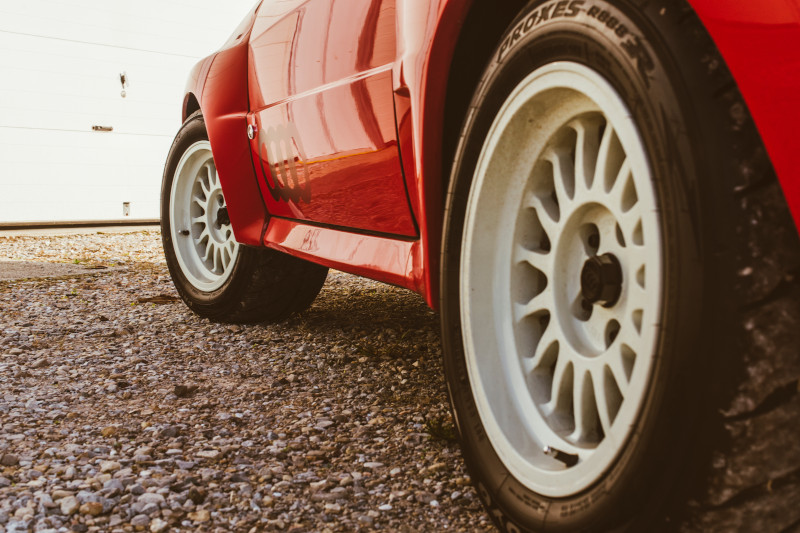
Since tyres are a common wear item you may be more familiar with their sizing conventions than those of wheels, but it’s still worth decoding the string of characters you’re likely to find on the average sidewall.
Using a Mazda MX-5 as an example, in standard form this will typically be 185/60R14 82H, some of which makes more sense on immediate inspection than others. Let’s explain what that little lot means.
How to find and read tyre size
The number 185 in this case refers to the width of the tyre in millimetres, and is a very rough indication of the rubber you’re putting down on the road. A Citroen 2CV will sit on ultra-skinny 125s; a Lamborghini Countach wears hilariously broad 345mm rubber at the rear.
The “60” is the aspect ratio of the sidewall – effectively how tall the sidewall is as a percentage of the width of the tyre, so in this case a standard MX-5 tyre’s sidewall is 60 per cent that of the tyre width. R14 is the simplest bit, referring to the wheel diameter the tyre is designed for. You can play around with width and sidewall, within reason, but you won’t get a 14-inch tyre to seat on a 10-inch wheel rim, or vice versa.
When you see “82H”, it refers to a load and speed index. The 82 here means the individual tyre can handle 475kg on that corner when correctly inflated, and the speed rating of H means the tyre is rated up to 130mph at full load. For a complete table of load and speed ratings, Michelin has a handy table via this link. You’ll note both of those fall well within the gross weight (when multiplied by four!) and top speed of an early MX-5.
While the load rating is sequentially scaled (so something in the 90s is greater than something in the 60s), the speed rating is not – the lowest is N, at 87mph, but H is somewhere in the middle, and W and Y (168mph and 186mph) come after Z (150mph). In the past, you might also have seen “ZR”, which was generally up to 150mph, but modern performance cars have since made a mockery of that particular rating.
How to check a tyre’s age
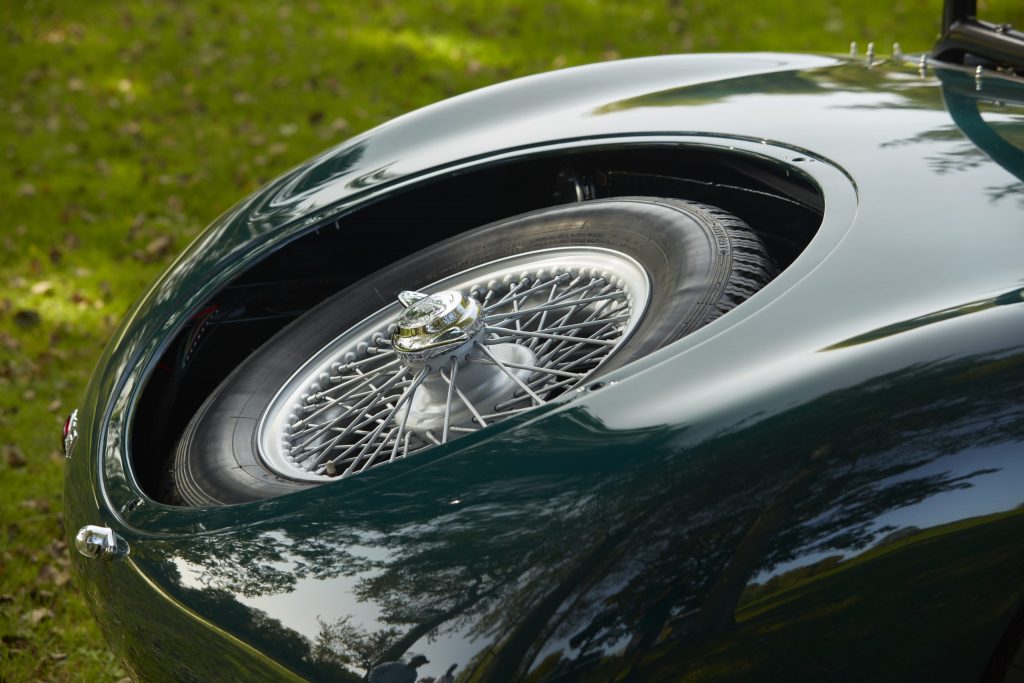
Tyre sizing, load and speed rating information is typically clustered together, but beyond the brand logos and tyre names also printed into the rubber, there are several other markings drivers should be aware of. The most important of these is the tyre’s age. It’s especially relevant because classic cars are often driven infrequently so don’t wear tyres at the same rate as modern, daily-driven vehicles.
The tyre’s age can be found as a four-digit code representing the date the tyre was made, the first two digits referring to the week (01 to 52) and the second pair of digits the year. Tyre manufacturers tend to recommend tyres are replaced regardless of wear at around ten years old (as rubber can degrade over time, espeically if the car is kept outdoors in sunlight), so as of this article going live in October 2021, you might wish to look into replacing any tyre with a number earlier than around 3911 on the sidewall (the 39th week of 2011).
Under pressure
The other vital marking is the maximum sidewall pressure. If anything you’re more likely to be below the tyre’s recommended pressure than above it (particularly if your car has been sitting a while, steadily leaking air) but the maximum sidewall pressure is, as you might expect, the absolute limit of what a tyre is designed to safely handle.
Your car’s ride and handling will likely deteriorate well before you reach this level of inflation, but we recommend you avoid going anywhere beyond this number, unless you want to spend your nights picking bits of steel belt out of your face, or experience the dubious thrill of rapid deflation on the open road.
Other common information? You’ll often see a marking denoting the outside of a tyre, and another its intended direction – particularly important since most modern tyres have a water-dispersing directional tread, and improper mounting severely compromises this function.
Treadwear
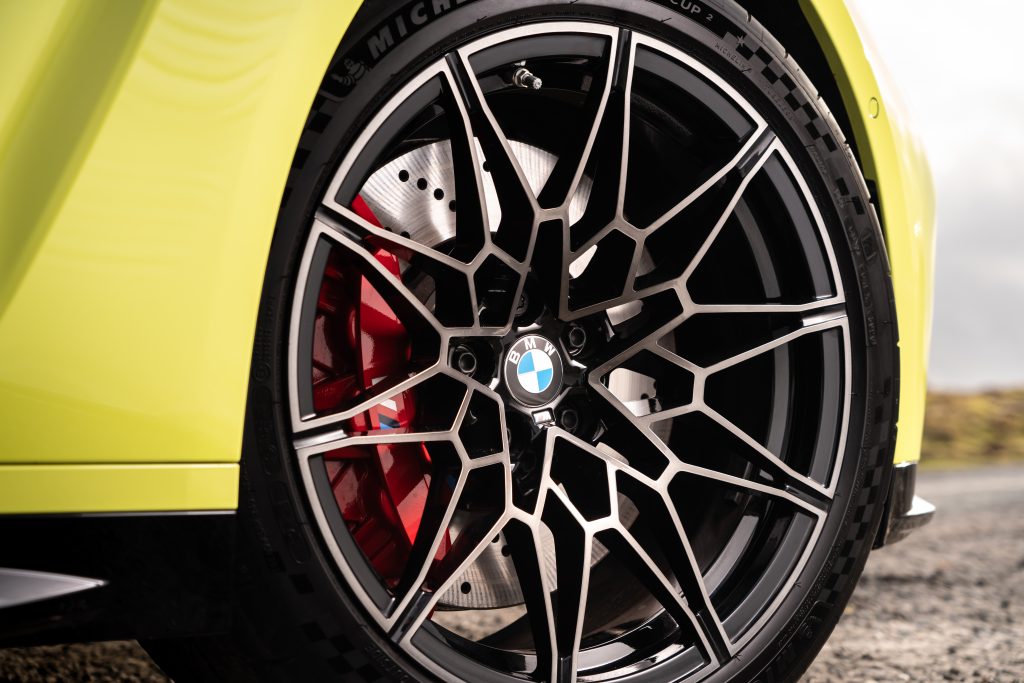
Less common in the UK and Europe but a legal requirement in the US is a treadwear rating, which refers to the wear rate under testing over a set distance. Generally, the lower the number, the quicker a tyre will wear, so super-sticky performance tyres will have a lower treadwear rating than rock-hard low-rolling-resistance specials.
Winter markings
An increasingly common marking on today’s tyres is that of their all-weather capabilities, generally represented as either “M+S” or a marking known as 3PMSF.
The former isn’t Marks & Spencer but Mud and Snow, and generally refers to a tyre that performs better than average in loose-surface or snowy conditions. Not all are proper winter tyres with the extra soft tread blocks and snow-grabbing “sipes”, though.
The 3PMSF tyres, which wear a little “three peak mountain snow flake” graphic, have been rated for winter conditions. Some all-season rubber will wear this mark, so a 3PMSF mark doesn’t necessarily refer to dedicated winter tyres, but all dedicated winter tyres will wear this mark. If you tour in your classic, particularly over winter, tyres with this rating may be a legal requirement in some countries.
Older markings
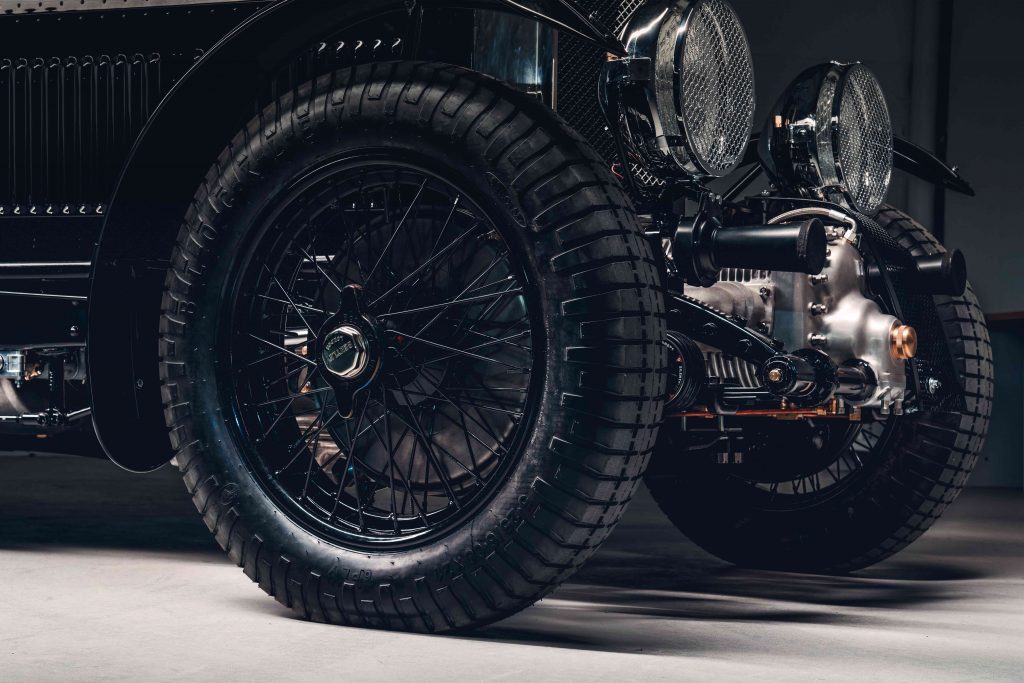
Own a vintage car? Markings can be quite different on older rubber, though naming conventions are fairly easy to follow much the same as they are with modern tyres.
Specialist tyre suppliers like Longstone break down the tyre scales fairly simply, dividing pre-war tyres into three primary styles: Beaded-edge tyres (pneumatic rubber with no metal carcass), straight-sided tyres (high-pressure rubber held to the bead by wire in the inner circumference), and the more familiar crossply tyres, forerunner to today’s radials.
Beaded-edge and straight-sided tyres will have a number like 30×3 (the ideal size for a Ford Model T, for instance), with no wheel diameter quoted. The 30 refers to the tyre’s rolling diameter, and the 3 is the cross-sectional width, both in inches.
You can however calculate the wheel size from this – knowing you have three inches of rubber at both the top and bottom of the tyre, and a rolling diameter of 30in, your wheel size would be 24 inches. Larger numbers like 760×90 refer instead to millimetres.
Post-World War One you’ll often find crossply tyre sizes quoted in numbers like 5.20×10 – a 5.2-inch wide tyre for a 10-inch wheel diameter. If the first number is in the hundreds, this instead refers to the tyre diameter, but a wheel diameter in inches will usually still be quoted.
WHEELS
For most of us, wheels and tyres remain separate (if symbiotic) items. Typically you’ll replace tyres more often than wheels, but if searching for the right size for your classic, or perhaps a replacement set for a different aesthetic, it pays to be aware of the numbers involved.
Diameter and width
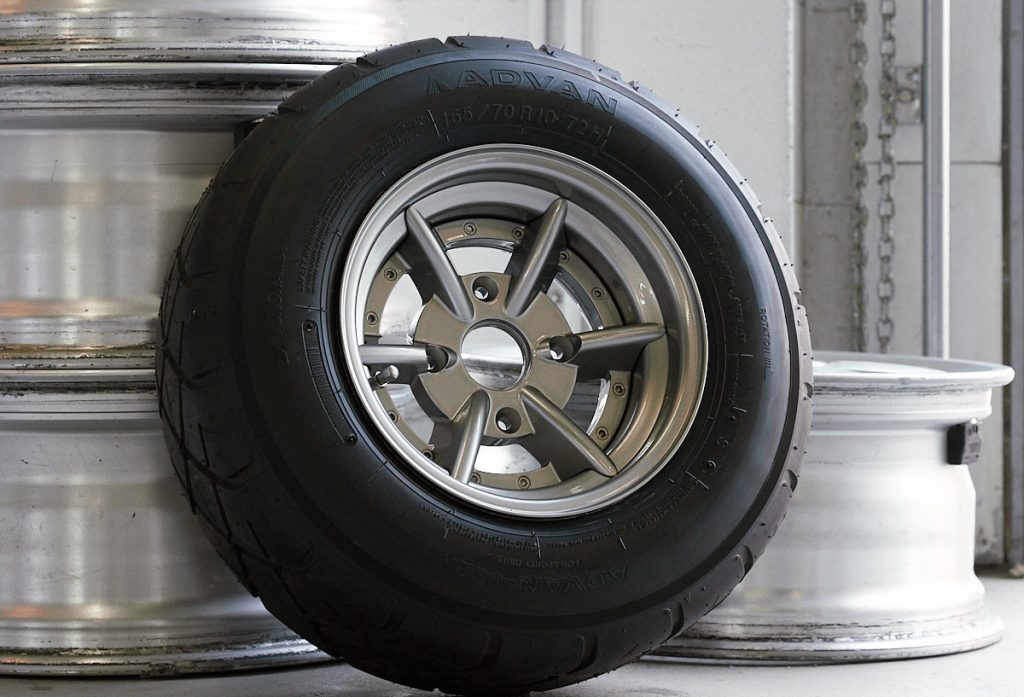
A wheel’s diameter should be familiar to most car enthusiasts, as it’s about the first detail you’ll consider when either replacing tyres, or shopping for new wheels entirely. Diameter is almost exclusively represented in inches; you’ll typically see 10-inch wheels on a classic Mini for example, or 14 inches for the alloy wheels on an early Mazda MX-5.
This is paired with a size for the wheel’s width, also usually quoted in inches. This width will dictate what tyres you can run, and how those tyres will sit on the wheels. There’ll usually be a “J” along with the size, which is a generic code for passenger cars.
Together, you’ll get a figure like 6Jx14 – the width and diameter of the “daisy” alloy wheels on an original MX-5, in this case.
PCD, centre bore and offset
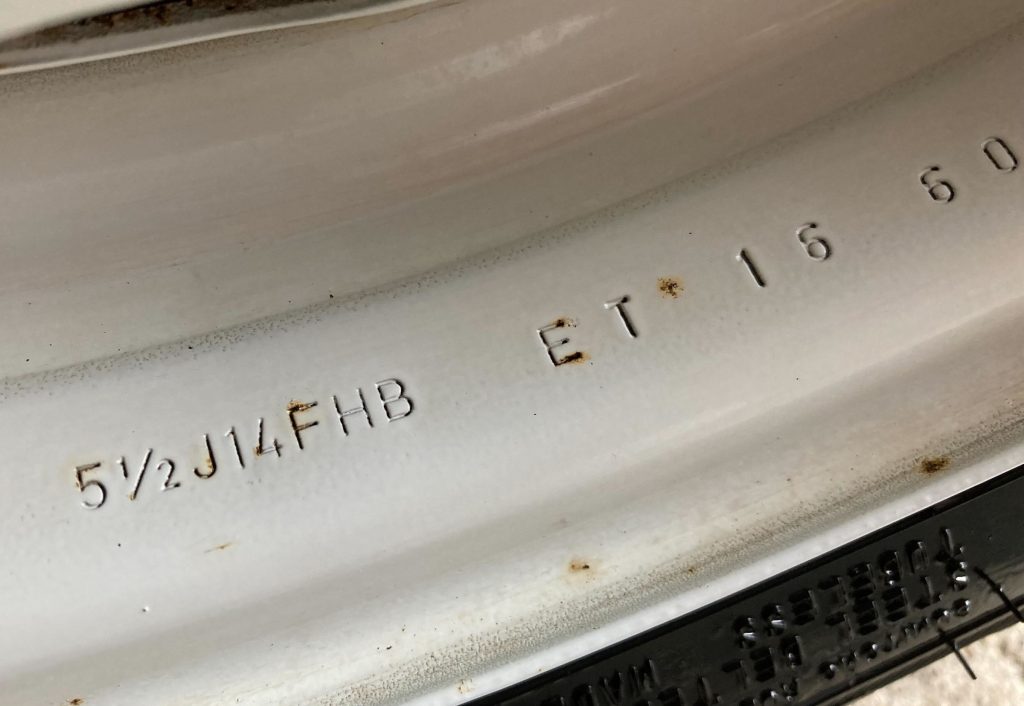
Your wheel’s diameter and width are worth knowing, but to know whether a particular wheel will fit your vehicle then PCD, centre bore and offset are important too.
PCD stands for Pitch Circle Diameter, and refers to the bolt pattern of the hub, typically referred to as the number of bolts, by the diameter of the circle they occupy. 4×100, a common size on smaller cars for several decades now (though by no means universal), means a four-bolt wheel with a 100mm circle drawn through their centres.
If your classic has knock-off wheels though, it won’t have a PCD. Instead, manufacturers of wheels with knock-off spinners will typically quote a centre bore size in millimetres (see below), with an additional figure for the number of threads per inch on the spindle and spinner.
Centre bore is the diameter of the hole at the centre of the wheel, where it attaches to the hub. Clearly, you’ll struggle to fit a wheel with a centre bore smaller than the mating surface on the hub, while too large a centre bore risks putting the wheel and tyre out of balance relative to the hub. It also puts more strain on the studs or bolts holding on the wheel. The centre bore can be machined, or hub-centric rings fitted to correct these problems. Centre bore is typically measured in millimetres.
Offset is similarly important, albeit in a different way, and refers to the distance from the wheel’s mounting face to the centreline of the wheel itself. It’s typically quoted as “ET” (for einpresstiefe, German for offset) plus a number scaled in millimetres, such as “ET45”. Positive offset is most common, and means the mounting face is a certain distance outside of the centreline. Negative, as you might imagine, is the opposite.
Practically, reducing offset (i.e. the closer towards ET0 or negative offset you go) can be beneficial for widening the car’s track (since the wheels are pushed further outboard), or perhaps clearing larger brakes, but if nothing else is changed, lower-offset wheels can cause wheelarch interference issues and put greater stress on suspension components, as a wider track amplifies forces through leverage.
Read more
Elbow Grease: Don’t let wheel cleaning get you in a spin
Socket Set: Filing needn’t be a rough experience
Five must-have mods for your classic car


